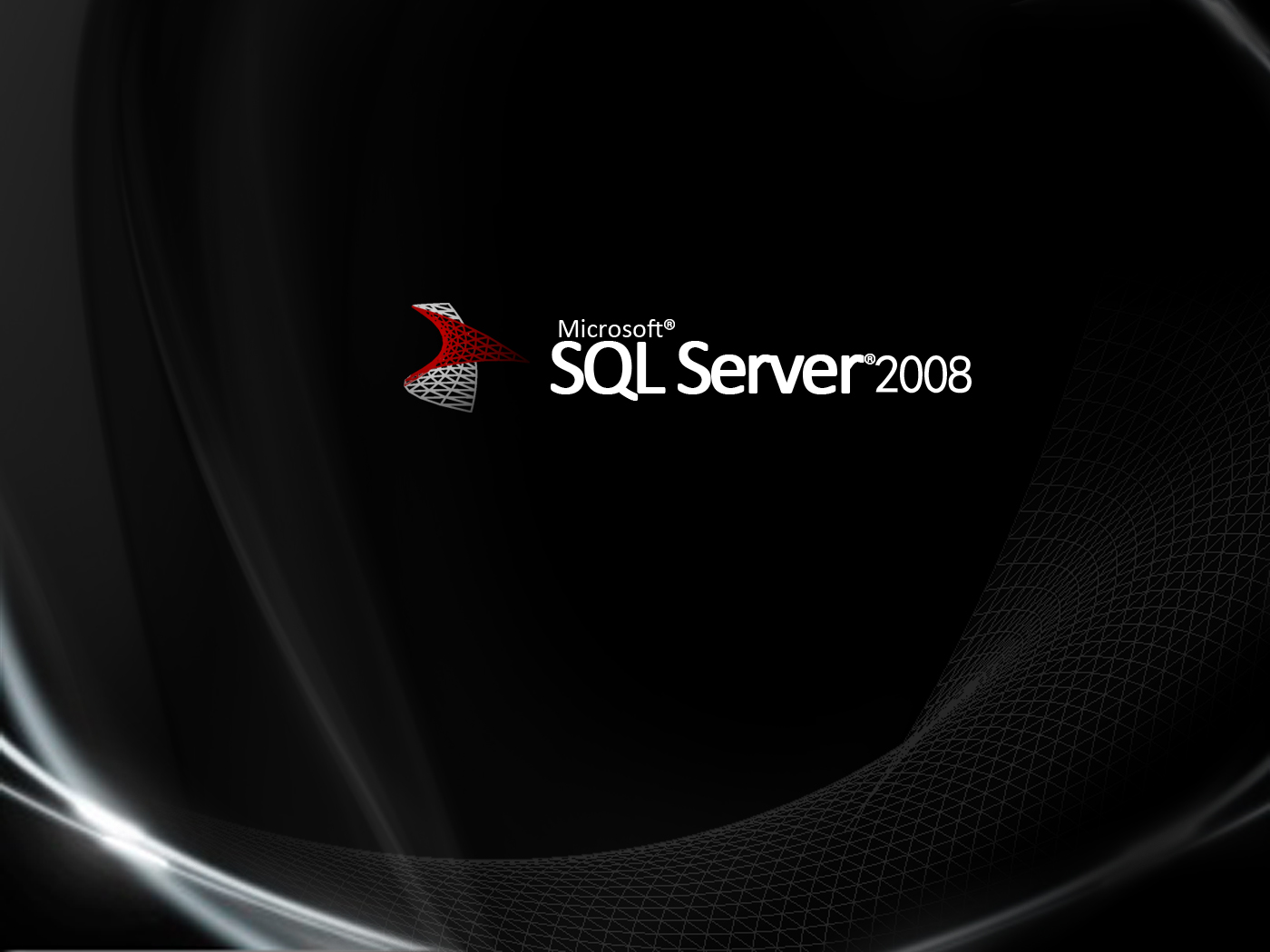 Operation and Maintenance
Operation and Maintenance
 Linux Operation and Maintenance
Linux Operation and Maintenance
 A brief discussion on migration tools and core architecture design
A brief discussion on migration tools and core architecture design
A brief discussion on migration tools and core architecture design
Note: This tool does not currently support cloud server ECS IO optimized instances and only migrates the system disk environment. Function description: Suitable for migrating Centos, Debian, Ubuntu and other operating systems to Alibaba Cloud ECS. Applicable systems: Compatible with all Linux versions on Alibaba Cloud Centos, Debian, and Ubuntu. Note: This tool does not support IO optimization instances and only migrates the system disk environment. For data consistency, please stop the application services in the original system and uninstall disks other than the system disk. Usage: Execute the command as root: ./migrate migrate
1. Detailed explanation of Linux ECS automatic migration tool

Introduction: Note: This tool does not currently support cloud server ECS IO optimized instances and only migrates the system disk environment. Function description: Suitable for migrating Centos, Debian,
2. Latest updates about SQL Server

Introduction: Microsoft’s SQL Server team released a number of small updates last month. Notable ones include: Power BI for on-premises servers, System Center support for SQL Server 2014, and updates to Java/PHP drivers. But the first thing to focus on is the Microsoft migration tool for DB2 users.
3. Microsoft releases SQL Azure migration tool on CodePlex

Introduction: In order to facilitate users to migrate from SQL Server to SQL Azure, Microsoft has released a migration tool on CodePlex. Where possible, the SQL Azure Migration Wizard detects and corrects incompatibilities between SQL Server 2005/2008 and SQL Azure. Some common problems that this wizard can fix include: replacing text columns with varChar(max), replacing user-defined
4. Migrate ACCESS database to SQLSERVER database

## Introduction: Migrate the ACCESS database to the SQLSERVER database. The ACCESS2000 file is opened with ACCESS2007, and migrated to SQLSERVER2005 to open the ACCESS2007 file. Database tool method one: Use the database migration tool that comes with ACCESS2007 1. Open the database migration wizard of ACCESS2007 2. Click the SQLSERVER button to pop up the upgrade wizard dialog box
5. MySQL Use of migration tools in production environments

6.

7.
Microsoft launches MySQL to SQL Server database migration tool
 ##Introduction: Microsoft has introduced a new tool to help MySQL users migrate their data to Microsoft's SQL Server database. This tool is called SQL Server Migration Assistant (SSMA). M
##Introduction: Microsoft has introduced a new tool to help MySQL users migrate their data to Microsoft's SQL Server database. This tool is called SQL Server Migration Assistant (SSMA). M
8.
mongodb migration toolIntroduction: Project address [github] address click here. (https://github.com/xbsura/mongo-migrate) written in go language, consistent with m-tools, except for the ones that come with go language Library, mgo library support is also required. Functional data migration between mongodb instances, with automatic sharding, pre-split and movechunk, and index creation based on the node properties of the source and destination, 9. MySQL to Hive/HBase migration tool Introduction: Apache Hive is Currently one of the free products of choice for large-scale data warehouses. People who use Apache Hive do not expect to do anything with small amounts of data, such as moving data from MySQL to Hive/HBase. In that case, it can be executed quickly. The completed SQL is estimated to take more than 10 times longer to run on Hive than before. But if you have MySQL data 10. Use the AMP (AlibabaMigrationPlatfrom) artifact to easily convert the data in the Oracle database Introduction: Upload the AMP package and decompress it: tar -jxvf amp.2.1.0.tar Start AMP: nohup sh start.sh /tmp/log.txt 1 2 1 , I deployed the AMP migration tool to 192.168.1.8, and installed the MySQL database on 192.168.1.8. It can be connected normally, as follows: 2. Configure AMP as follows 3. Click Save and pre-check, and the error message is as follows: The size of the target database Write [Related Q&A recommendations]: 

The above is the detailed content of A brief discussion on migration tools and core architecture design. For more information, please follow other related articles on the PHP Chinese website!

Hot AI Tools

Undresser.AI Undress
AI-powered app for creating realistic nude photos

AI Clothes Remover
Online AI tool for removing clothes from photos.

Undress AI Tool
Undress images for free

Clothoff.io
AI clothes remover

Video Face Swap
Swap faces in any video effortlessly with our completely free AI face swap tool!

Hot Article

Hot Tools

Notepad++7.3.1
Easy-to-use and free code editor

SublimeText3 Chinese version
Chinese version, very easy to use

Zend Studio 13.0.1
Powerful PHP integrated development environment

Dreamweaver CS6
Visual web development tools

SublimeText3 Mac version
God-level code editing software (SublimeText3)

Hot Topics
 Where to view the logs of Tigervnc on Debian
Apr 13, 2025 am 07:24 AM
Where to view the logs of Tigervnc on Debian
Apr 13, 2025 am 07:24 AM
In Debian systems, the log files of the Tigervnc server are usually stored in the .vnc folder in the user's home directory. If you run Tigervnc as a specific user, the log file name is usually similar to xf:1.log, where xf:1 represents the username. To view these logs, you can use the following command: cat~/.vnc/xf:1.log Or, you can open the log file using a text editor: nano~/.vnc/xf:1.log Please note that accessing and viewing log files may require root permissions, depending on the security settings of the system.
 How debian readdir integrates with other tools
Apr 13, 2025 am 09:42 AM
How debian readdir integrates with other tools
Apr 13, 2025 am 09:42 AM
The readdir function in the Debian system is a system call used to read directory contents and is often used in C programming. This article will explain how to integrate readdir with other tools to enhance its functionality. Method 1: Combining C language program and pipeline First, write a C program to call the readdir function and output the result: #include#include#include#includeintmain(intargc,char*argv[]){DIR*dir;structdirent*entry;if(argc!=2){
 How to interpret the output results of Debian Sniffer
Apr 12, 2025 pm 11:00 PM
How to interpret the output results of Debian Sniffer
Apr 12, 2025 pm 11:00 PM
DebianSniffer is a network sniffer tool used to capture and analyze network packet timestamps: displays the time for packet capture, usually in seconds. Source IP address (SourceIP): The network address of the device that sent the packet. Destination IP address (DestinationIP): The network address of the device receiving the data packet. SourcePort: The port number used by the device sending the packet. Destinatio
 Key Linux Operations: A Beginner's Guide
Apr 09, 2025 pm 04:09 PM
Key Linux Operations: A Beginner's Guide
Apr 09, 2025 pm 04:09 PM
Linux beginners should master basic operations such as file management, user management and network configuration. 1) File management: Use mkdir, touch, ls, rm, mv, and CP commands. 2) User management: Use useradd, passwd, userdel, and usermod commands. 3) Network configuration: Use ifconfig, echo, and ufw commands. These operations are the basis of Linux system management, and mastering them can effectively manage the system.
 How to recycle packages that are no longer used
Apr 13, 2025 am 08:51 AM
How to recycle packages that are no longer used
Apr 13, 2025 am 08:51 AM
This article describes how to clean useless software packages and free up disk space in the Debian system. Step 1: Update the package list Make sure your package list is up to date: sudoaptupdate Step 2: View installed packages Use the following command to view all installed packages: dpkg--get-selections|grep-vdeinstall Step 3: Identify redundant packages Use the aptitude tool to find packages that are no longer needed. aptitude will provide suggestions to help you safely delete packages: sudoaptitudesearch '~pimportant' This command lists the tags
 Linux Architecture: Unveiling the 5 Basic Components
Apr 20, 2025 am 12:04 AM
Linux Architecture: Unveiling the 5 Basic Components
Apr 20, 2025 am 12:04 AM
The five basic components of the Linux system are: 1. Kernel, 2. System library, 3. System utilities, 4. Graphical user interface, 5. Applications. The kernel manages hardware resources, the system library provides precompiled functions, system utilities are used for system management, the GUI provides visual interaction, and applications use these components to implement functions.
 How Debian improves Hadoop data processing speed
Apr 13, 2025 am 11:54 AM
How Debian improves Hadoop data processing speed
Apr 13, 2025 am 11:54 AM
This article discusses how to improve Hadoop data processing efficiency on Debian systems. Optimization strategies cover hardware upgrades, operating system parameter adjustments, Hadoop configuration modifications, and the use of efficient algorithms and tools. 1. Hardware resource strengthening ensures that all nodes have consistent hardware configurations, especially paying attention to CPU, memory and network equipment performance. Choosing high-performance hardware components is essential to improve overall processing speed. 2. Operating system tunes file descriptors and network connections: Modify the /etc/security/limits.conf file to increase the upper limit of file descriptors and network connections allowed to be opened at the same time by the system. JVM parameter adjustment: Adjust in hadoop-env.sh file
 Debian Mail Server DNS Setup Guide
Apr 13, 2025 am 11:33 AM
Debian Mail Server DNS Setup Guide
Apr 13, 2025 am 11:33 AM
To configure the DNS settings for the Debian mail server, you can follow these steps: Open the network configuration file: Use a text editor (such as vi or nano) to open the network configuration file /etc/network/interfaces. sudonano/etc/network/interfaces Find network interface configuration: Find the network interface to be modified in the configuration file. Normally, the configuration of the Ethernet interface is located in the ifeth0 block.





